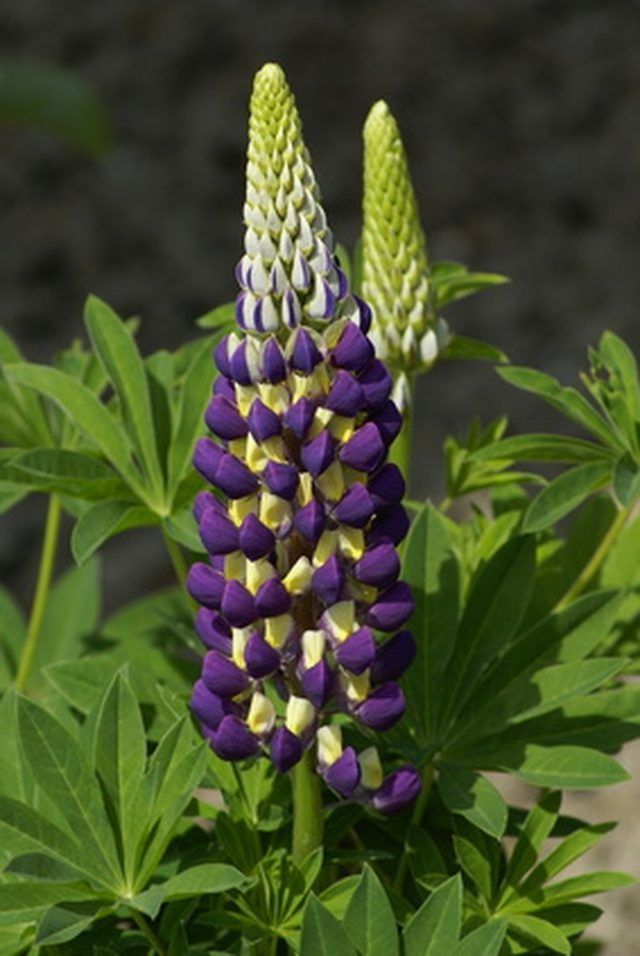Bulbs
Flower Basics
Flower Beds & Specialty Gardens
Flower Garden
Garden Furniture
Garden Gnomes
Garden Seeds
Garden Sheds
Garden Statues
Garden Tools & Supplies
Gardening Basics
Green & Organic
Groundcovers & Vines
Growing Annuals
Growing Basil
Growing Beans
Growing Berries
Growing Blueberries
Growing Cactus
Growing Corn
Growing Cotton
Growing Edibles
Growing Flowers
Growing Garlic
Growing Grapes
Growing Grass
Growing Herbs
Growing Jasmine
Growing Mint
Growing Mushrooms
Orchids
Growing Peanuts
Growing Perennials
Growing Plants
Growing Rosemary
Growing Roses
Growing Strawberries
Growing Sunflowers
Growing Thyme
Growing Tomatoes
Growing Tulips
Growing Vegetables
Herb Basics
Herb Garden
Indoor Growing
Landscaping Basics
Landscaping Patios
Landscaping Plants
Landscaping Shrubs
Landscaping Trees
Landscaping Walks & Pathways
Lawn Basics
Lawn Maintenance
Lawn Mowers
Lawn Ornaments
Lawn Planting
Lawn Tools
Outdoor Growing
Overall Landscape Planning
Pests, Weeds & Problems
Plant Basics
Rock Garden
Rose Garden
Shrubs
Soil
Specialty Gardens
Trees
Vegetable Garden
Yard Maintenance
How to Start Lupine Seeds
How to Start Lupine Seeds. Cultivated in Egypt and the Mediterranean region for at least 2000 years, lupines produce flower spikes in white, pink, blue, yellow, violet, apricot and red. A member of the pea family, lupines are easy to grow and prefer the cooler climates of USDA hardiness zones 3 through 10, according to the Wildflower Information...

Cultivated in Egypt and the Mediterranean region for at least 2000 years, lupines produce flower spikes in white, pink, blue, yellow, violet, apricot and red. A member of the pea family, lupines are easy to grow and prefer the cooler climates of USDA hardiness zones 3 through 10, according to the Wildflower Information website. Lupines are not edible. Lupines have high levels of alkaloids, but they can be fed to livestock.
Things You'll Need
Lupine plants or seed stalks
Paper bag
Plastic zipper bag
Garden fork
Rough sandpaper
Tiller (optional)
Peat moss (optional)
Collect lupine seeds. Lupines have a single stalk that fills with seed pods. Place the seed stalk inside a paper bag, staple the top, and place it in an area that is at room temperature for a few weeks. The seeds will explode from the pods inside the bag and can then be retrieved.
Choose a planting location in full sun to light shade. Apply an herbicide to kill all vegetation in the spring and in the fall.
Place the seeds in damp paper towels in a plastic zipper bag. Store the plastic zipper bag in the refrigerator for 7 days.
Rub lupine seeds between sandpaper briefly to break down the seeds' shells.
Prepare the soil. Loosen your planting location 12 to 20 inches deep with a garden fork or tiller. Make sure your soil is well drained, and amend it with peat moss if it is clay. Lupine tolerates sandy soil.
Sow seeds outside in the fall, September through November. Cover the seeds with 1/8 inch of soil, and leave 12 to 14 inches between plants. Lupine will develop a long taproot and should bloom the first year.
Fertilize lupine once a month with an all-purpose organic fertilizer.
Tips & Warnings
Remove blooms when they begin to wilt, and your blooming period will be extended.
Control weeds during plant growth stages.